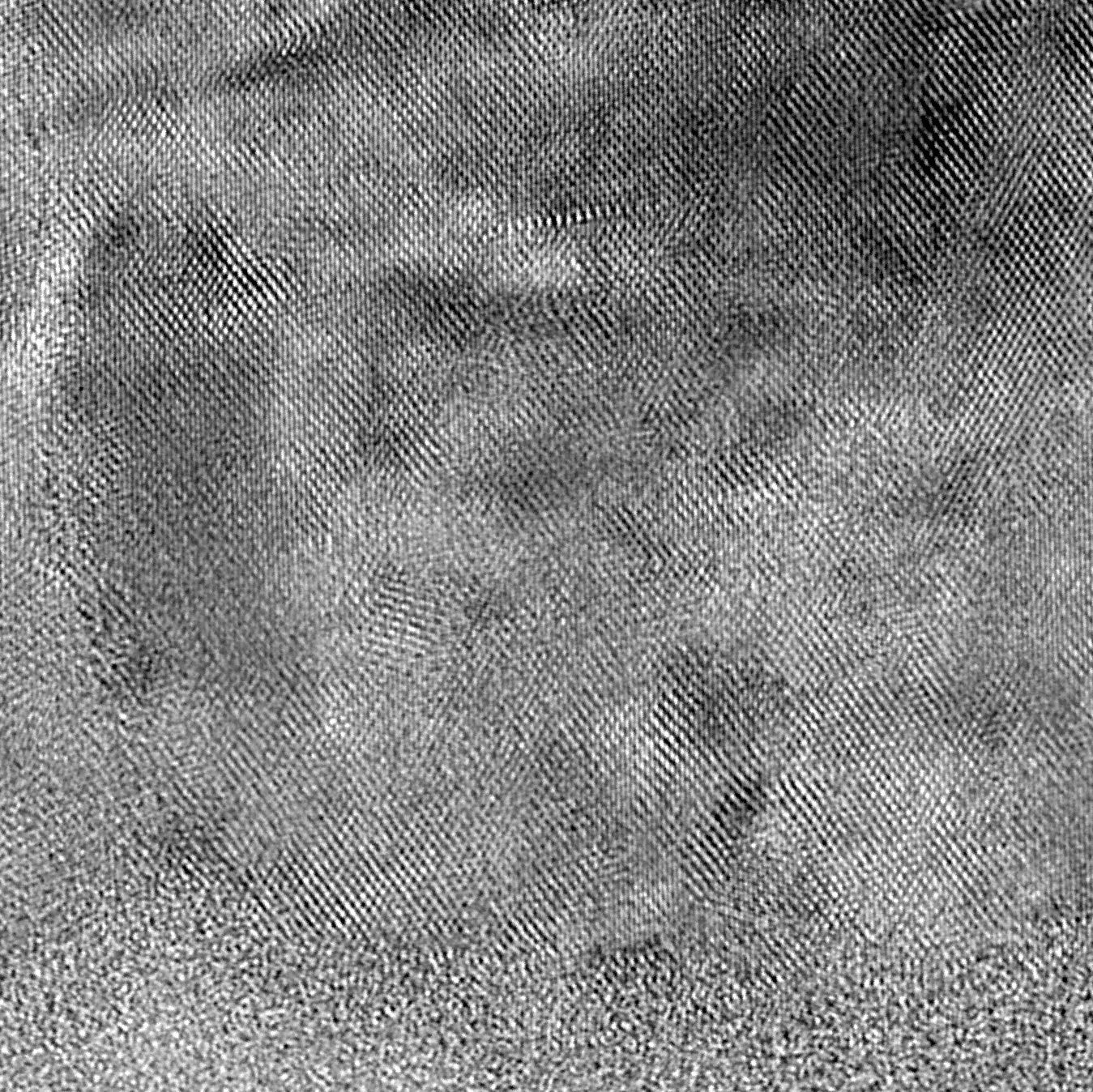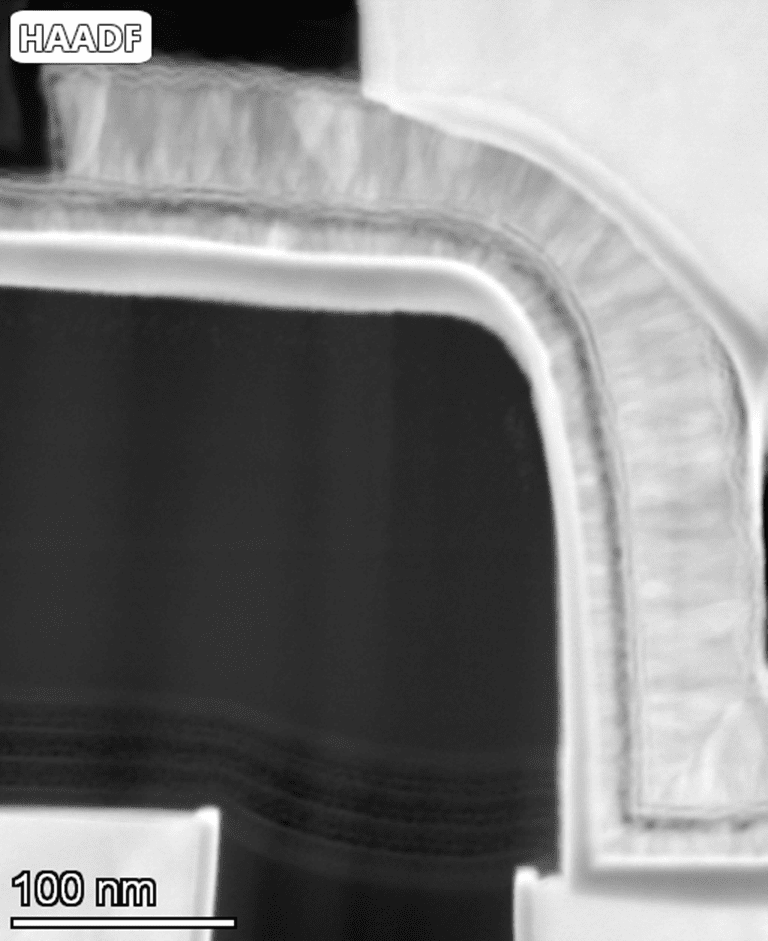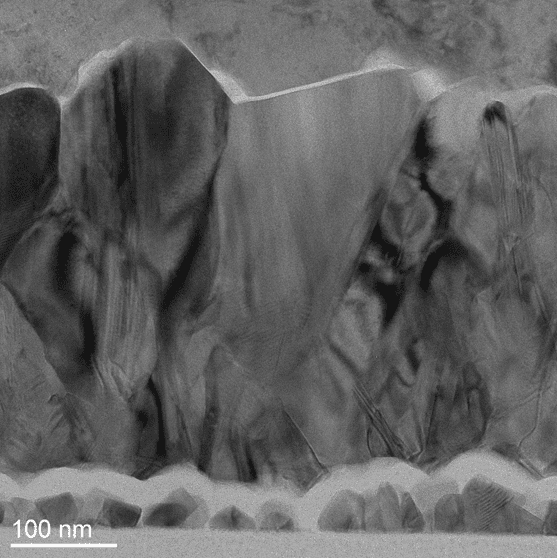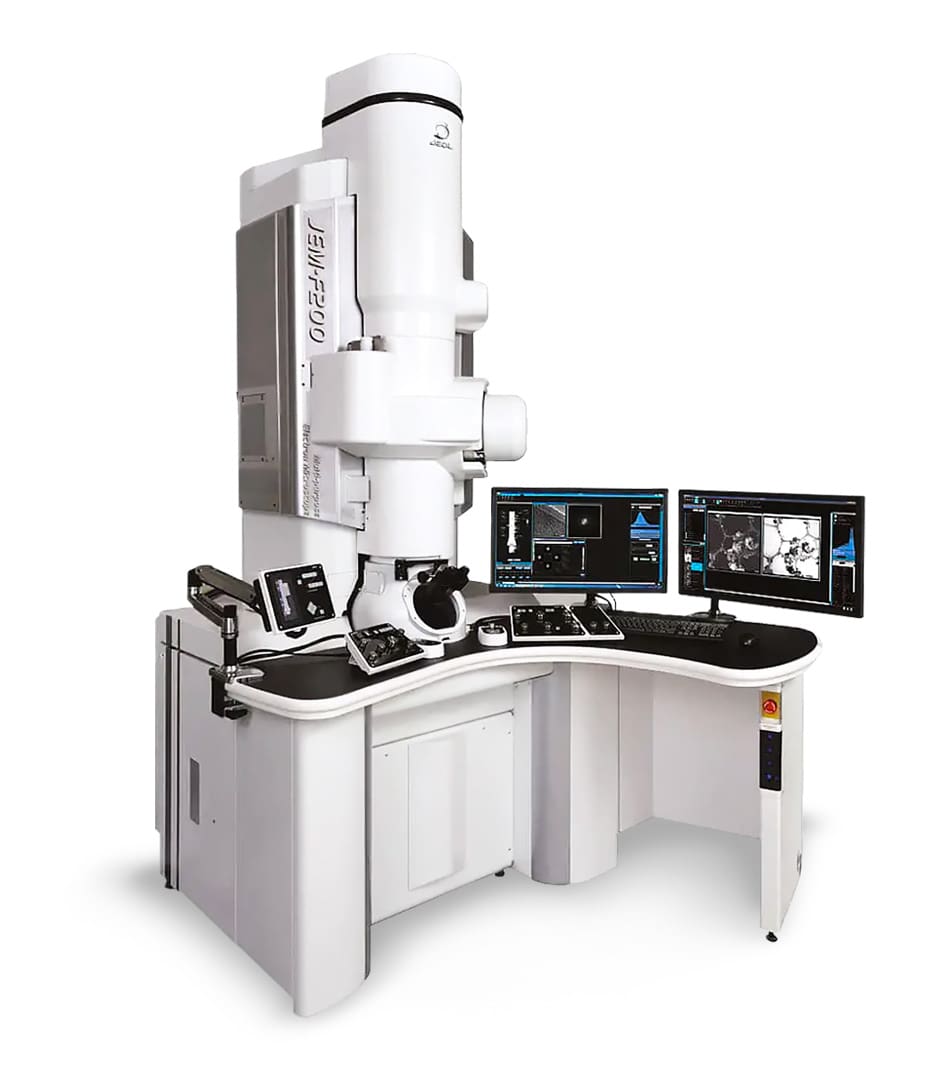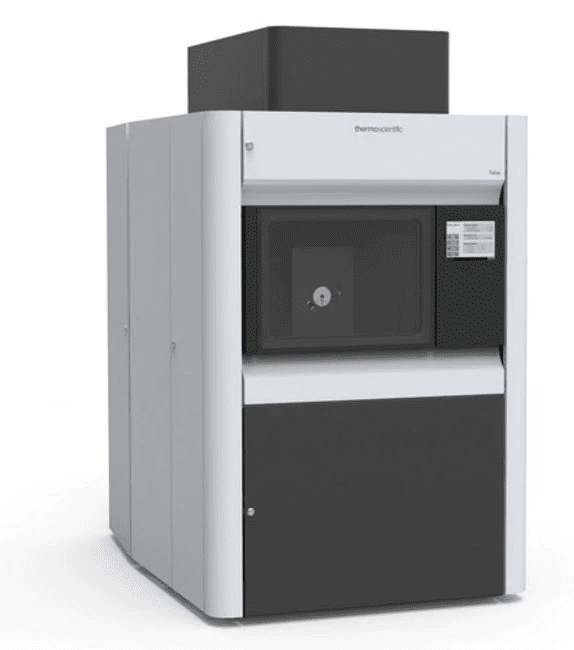Transmission Electron Microscopy (TEM)
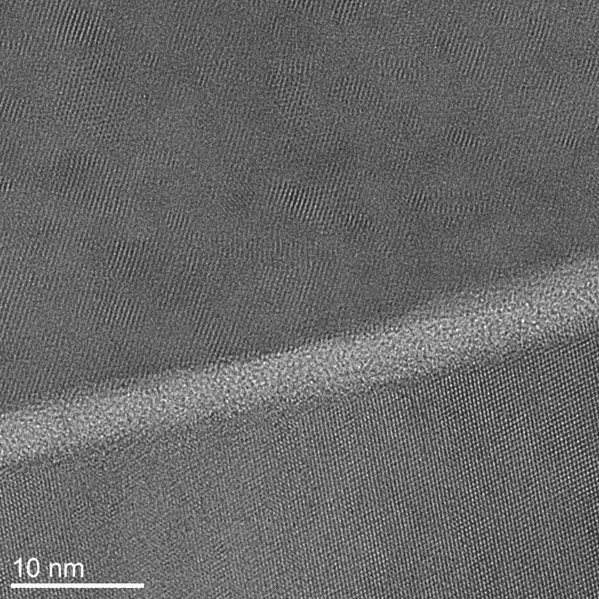
Transmission electron microscopy (TEM) is the highest-resolution imaging technique available today. It is used to visualize sample features with atomic-level spatial resolution limits to characterize the morphology of complex nanostructures.
“These are incredible images. Thanks for the preview.
It is so satisfying to get definitive answers to our questions!”
– Brad Aitchison, Sr. Process Engineer, Redlen Technologies
Strengths
- Highest possible spatial resolution: limit is atomic-scale
- Bright Field and Dark Field imaging
- Distinct imaging modes allow isolation of certain types of contrast information
- Compatible with chemical (EDS) analysis and electrochemical analysis (EELS) techniques
- Tomography and 3D reconstruction
Limitations
- Requires extensive sample prep (normally performed with a FIB-SEM)
- Specimens can be damaged if low dose techniques are not employed
- Minimal topographical sensitivity
- Typically only able to image a very small portion of the sample
